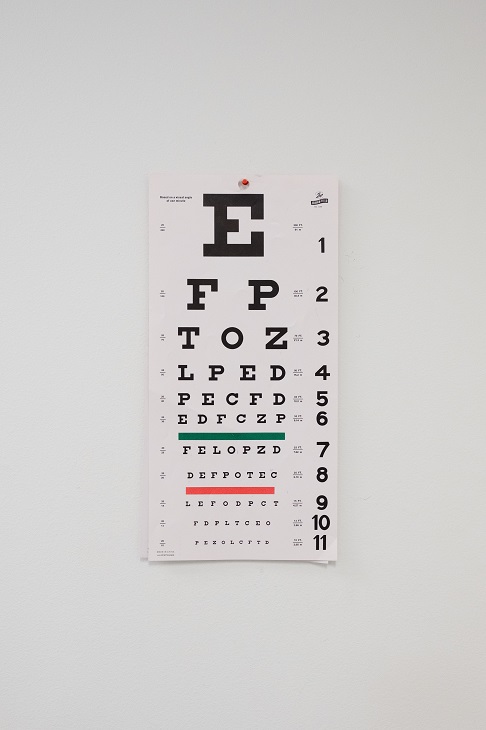For millions of disabled Americans, the ability to drive is an essential and invaluable lifeline. Without access to a vehicle, many disabled Americans would be left stranded, cut off from society and the businesses and amenities we all depend on.
Many disabled drivers need to use vehicles that have been modified and adapted. Specially adapted vehicles enable people with a very wide range of disabilities to enjoy a high level of freedom and independence. Modern technology has enabled the creation of ingenious vehicle modifications that make it possible for disabled drivers to operate their vehicles safely and effectively.
Adapted vehicles for disabled drivers do not come cheap. A lot of extra expenses are associated with being a disabled driver. The IRS realizes that these extra expenses are not luxuries, they are essential necessities. For this reason, the IRS allows many of the expenses related to driving with a disability to be tax-deductible.
As a disabled driver, it is crucial that you understand your tax rights. Being knowledgeable about tax and what you are entitled to as a disabled driver, or as a caregiver to a disabled person, can save you a lot of money.
Here are 10 things you need to know about tax as a disabled driver.

1. Don’t Miss The Tax Return Deadline
As a disabled driver it is important that you file your tax return correctly and on time. Disabled driver tax deductions can put a lot of money back in your pocket, so you don’t want to miss out!
The deadline for filing your IRS tax return is in April. The exact date changes year to year. In 2021 the federal tax date is Thursday April 15th.
State tax returns can be filed along with federal tax returns, but some people choose to file their state return separately. State tax return deadlines vary, so it is important to consult with your local state tax agency in order to know the deadline in your state.
2. A Tax Advisor Can Save You Money
Some people choose to file their own tax return. In fact, some people love learning about tax and doing their own return. But this is certainly not everybody!
People who find tax tedious and dread doing their own tax return are surely in the majority. If you are someone who has no interest in learning about tax, it can be helpful and profitable to pay a tax advisor to do your tax return for you. Commissioning an expert tax advisor can end up saving you a lot of money.
3. Disabled Drivers Can Qualify For A Sales Tax Exemption
Disabled drivers can qualify for a sales tax exemption on the purchase of a vehicle in some states. Check with your local tax authorities to find out what applies in your state.
4. Most Disabled Vehicle Modifications Are Tax-Deductible
Essential vehicle adaptations are tax-deductible. These essential adaptations include:
- Wheelchair lifts
- Wheelchair ramps
- Electronic hand controls
- Left-side accelerator pedals
- Raised ceilings
- Lowered floors
5. Some Disabled Vehicle Modifications Do Not Qualify For A Tax Deduction
Some vehicle modifications are not considered to be essential and so do not qualify for a tax deduction. These include:
- Power steering
- Automatic transmission
- Running boards
- Grab bars
- Steering wheel knobs
6. Specialist Wheelchair Vans Are Tax-Deductible
If you buy a specialist wheelchair van, the difference in cost between a non-wheelchair van of the same type and the wheelchair van is tax-deductible.
7. Driving Expenses For Medical Purposes Are Tax-Deductible
You can claim a tax deduction for driving expenses that are for medical purposes. This can include gas, parking, and toll fees incurred during travel to doctor’s surgeries and hospital, and any other medical related travel.

8. Parents And Caregivers Of Disabled People Can Qualify For A Sales Tax Exemption
Tax deductions for vehicle adaptations and specialist wheelchair vans also apply to parents and caregivers of disabled people for the vehicles that they use to transport the disabled person, or people, they are responsible for.
9. You Can Get A Tax Deduction If You Buy An Eco-friendly Vehicle
If you choose to buy an eco-friendly vehicle you can get a federal tax deduction. This is intended to encourage people to buy vehicles that will do less damage to the environment. These tax incentives can come in the form of income tax credits or tax refunds.
10. If You Have Paid Tax In Error You Can Claim A Refund
Many disabled drivers are due tax refunds. In order to receive a tax refund you must file a tax return claiming the refund within three years of the original return’s due date.
If you are a disabled driver, or a caregiver to a disabled person, you are also entitled to a disabled parking permit. The quickest and easiest way to apply for a disabled permit is to arrange an online consultation with a medical professional through Dr. Handicap. The consulting medical professional will evaluate your claim and then write you a DMV form, which will be emailed to you straight away.
Featured image by nattanan23 on Pixabay







